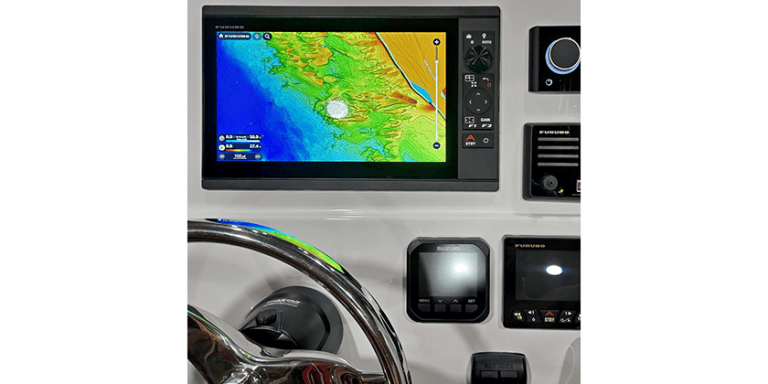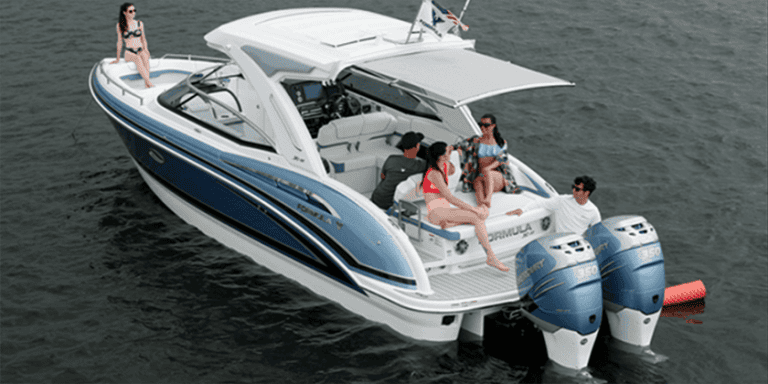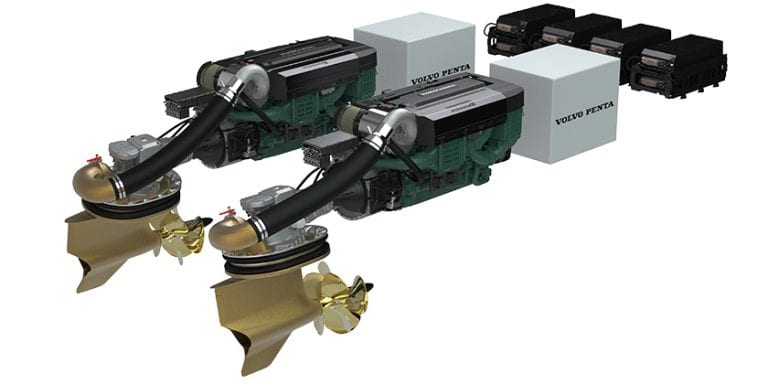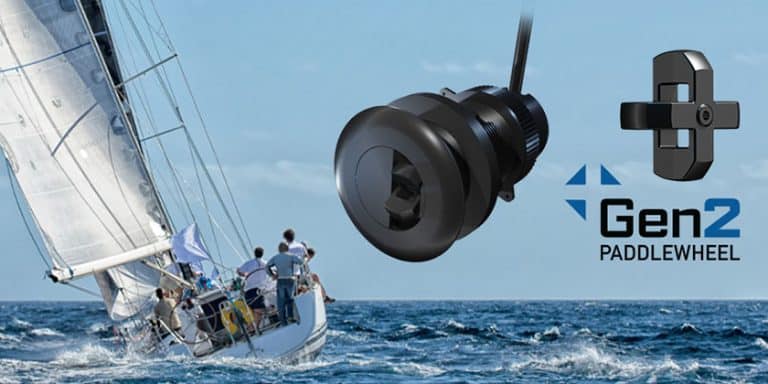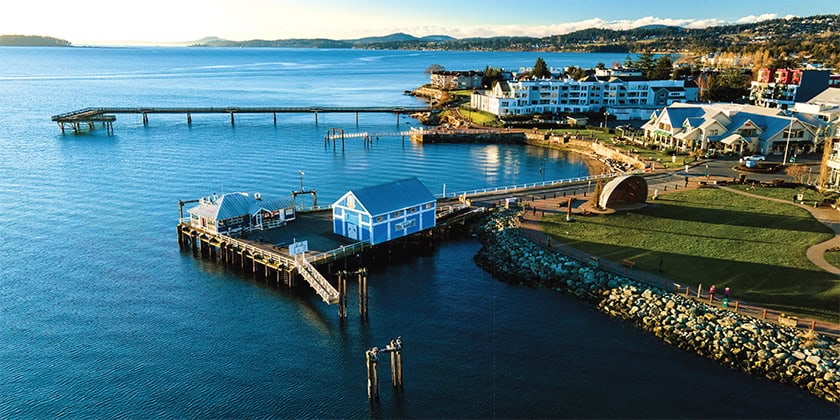The Glass Helm Display
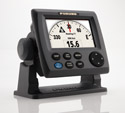
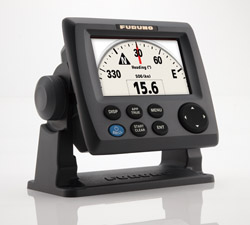 In the April 2010 issue of Canadian Yachting, we were starting to “frame up” the glass helm from the perspective of an older boat that deserves better navigation and ancillary equipment.
In the April 2010 issue of Canadian Yachting, we were starting to “frame up” the glass helm from the perspective of an older boat that deserves better navigation and ancillary equipment.
Of course, the “glass helm” refers to the single screen onto which all the information can be displayed. Several companies now offer NMEA 2000-certified multifunction display systems and once the NMEA 2000 trunk line (or backbone) is installed in your boat, the next logical step is to buy your multifunction display screen.
That multifunction screen – your new glass helm – can display cartography, GPS data, depth and sounding information, alarm functions for fire, heat, CO, full monitoring of AC and DC loads and weather feeds as well as a host of engine information – anything that is now on a gauge and a number of things that aren’t.
It can be far more than just the traditional engine rpm, oil pressure and temperatures. A NMEA 2000 display that is connected to a new, electronically managed engine can now show live, real time fuel flow and gallons per hour consumption; some can synchronize both engines to exact rpm levels and more. As long as there is a NMEA 2000-certified device to send the information (most of it taken from the electronic engine control module), a NMEA 2000 display can show it.
NMEA 2000 networks are the hot new setup with more and more manufacturers adopting or including this technology within their product offerings. This would include such companies as Furuno, Garmin, Raymarine, Mercury (requires a SmartCraft to NMEA 2000 gateway), Yamaha, BRP, Suzuki, Yanmar and Volvo, to name a few.
Noland Engineering, based in Florida, has just introduced the RS11. This will allow a boat owner to connect to his existing older analog engine sensors (oil pressure, water, rpm, etc.) and convert this information to NMEA 2000 format. He can then see his engine data on any screen that will accept it.
The benefits of a great new multifunction display are many. Considering the average age of the population though, the number one benefit is bound to be size. The bigger the display, the easier it will be to see. Some are up to 14 inches. Furuno using a NN3D BB, can go to any size screen you want 15,17, even 23 inches.
Next comes brightness. The feature to look for is “daylight viewable” so the display is clearly visible even in sunlight.
The user interface is key – it needs to be simple and intuitive to get the information you want without a lot of scrolling through screens or menus. That brings us to the latest development in user interface issues – the touch screen.
To get a better sense of what Canadian consumers were asking for, we contacted a few key retailers who carry a lot of electronics equipment: Ken Johnston at Roton in Vancouver, Jack Summers at Radioworld in Toronto and Chris Shaw at the Binnacle in Halifax.
We asked Ken Johnston if he felt the touch screen was a better product. His answer was that people have become attracted to the touch screen functions after using them on their iPods, their Garmin GPS in their cars and other home electronics.
In the calm waters of the marina or yacht club, it’s easy to lay in a route using a touch screen but when the boat is rocking in rough water, setting waypoints and making adjustments on a touch screen can be more difficult. He likes the fact that some units, like those from Garmin and Raymarine offer a touch screen product that also has buttons.
Going back to the beginning, these displays were developed for showing cartography and the added functions have evolved from that. So, it is obvious that excellent cartography is important and expected. Chris Shaw at the Binnacle was very enthusiastic about the new Garmin charts and the fact that at his retail price of just $170, the new chips give you the proper Canadian Hydrographic Service (CHS) charts – great!
We also paid a visit to Jack Summers at Radioworld in Toronto. Jack pointed out that the Lowrance HDS 5 broadband sonar fishfinder is around seven or eight hundred dollars and it has an NMEA 2000-certified display. Once you’re into NMEA 2000 you can add radar, weather, tank levels and more. The HDS 5 has a 5-inch screen, but they have models up to 10″.
Most of the Garmin line is NMEA 2000 capable and the new 5000 series starts at $2899 MSRP on their web site for an 8.4 inch touch screen; the sounder is extra. That size screen is about the middle of the road with 14 inches being at the high end and 3.5 inches at the small end.
Jack Summers mentioned the Garmin 700 series which gives you a 7-inch screen at only $1300. Gamins’ GPSMAP 5012 is $3399 and it’s super bright as well as a 12-inch touch screen – an excellent value.
Jack describes Furuno as the Cadillac of the group. He pointed out to us that the Ontario Provincial Police use Furuno 1900 series screens that are only $1820.
Coming out in the next few months is the new Furuno RD33. This is an example of the latest technology; the screen is only 4.3″ but it is “sunlight viewable” and has high contrast with very large numerals. Like many of the better multifunction displays, you can customize the display format from full screen to a six-way split screen presentation. It also has alarm monitoring capabilities for water, temperature, depth, speed, arrival, and eight other “alarmed” functions!
This aggressively priced new Furuno RD33 can display a wide range of different information about depth, speed, timer, wind, heading, navigation, environment, autopilot, engine and fishery information of all types too. It also has a built in NMEA 0183 converter to help connect older devices to a NMEA 2000 system. One of these on a mid-size cruiser would be great; it could also be an attractive addition beside a second larger display and it would be excellent to have an RD33 as a remote in the cabin.
Ken made an important point about how owners like to have the “cosmetics” of their equipment all fit together and the newer and more valuable the boat, the more important those aesthetics become. Even on older boats, the look of the helm is very important, particularly at resale time.
The idea that all this equipment is compatible and can be interconnected is a hard topic to grasp but as we explained in the previous issue of Canadian Yachting, in a NMEA 2000 cable system, there is just one line called the “trunk” (also referred to as the backbone) and then what is called “drop line” topology.
The trunk, or backbone cable includes five wires within a single waterproof cable: two signal wires, power and ground wires and a drain wire. The drain wire shields the signal, power and ground wires from external Radio Frequency Interference (RFI) and it also helps to reduce RFI emissions from the cable. From the trunk line, a “drop tee” connector is used to take a line off to any piece of equipment.
The NMEA 2000 cable system with one simple line, delivers both the power and the switching capability.
The key to how the network functions is in the “Parameter Group Numbers” or simply PGNs. The PGNs identify the manufacturer, the product, and functions to deliver information on the network. Each manufacturer will determine the information to be sent or received to their devices based on these PGNs. An example we gave last time was the wind sensor from Maretron, the WSO 100. This will communicate PGN 130306 which is wind data. If you connect this to a display that has this PGN included in its software then it has the ability to display wind information, regardless of manufacturer.
Applying that, you can take a drop tee off a NMEA 2000 backbone and connect it to your new “glass helm” display at the helm. If it was a GPS chartplotter unit, you have navigation capabilities. It could be a small screen to start. Later, you can add other drop tees to sending devices like your engine, water or holding tank, even video cameras on the back deck and if the software allows it, the little display can carry that information.
Let’s say a couple of seasons from now you want to upgrade to a bigger display at the helm, you can still use your old display at the second helm station or in the cabin by your chart table…the flexibility is amazing!
What will NMEA 2000 offer next? A full AC and DC switching system is coming later in 2010. Imagine being able to do remote monitoring and alarming from your iPhone? You could even turn on the air conditioning from your car, on the way to boat…all because of NMEA 2000 technology.


